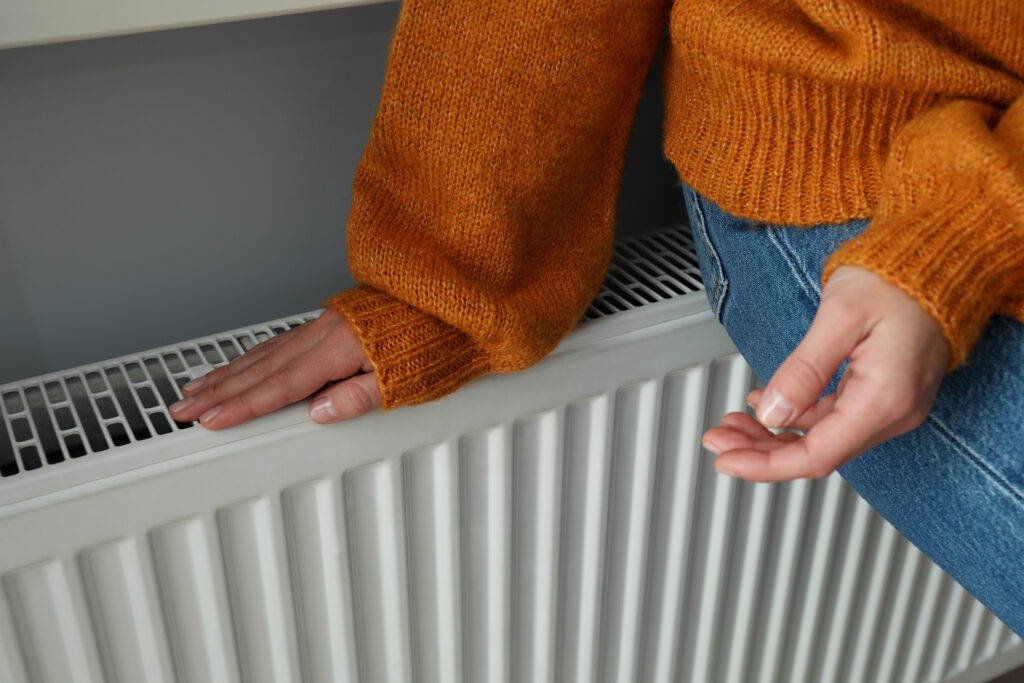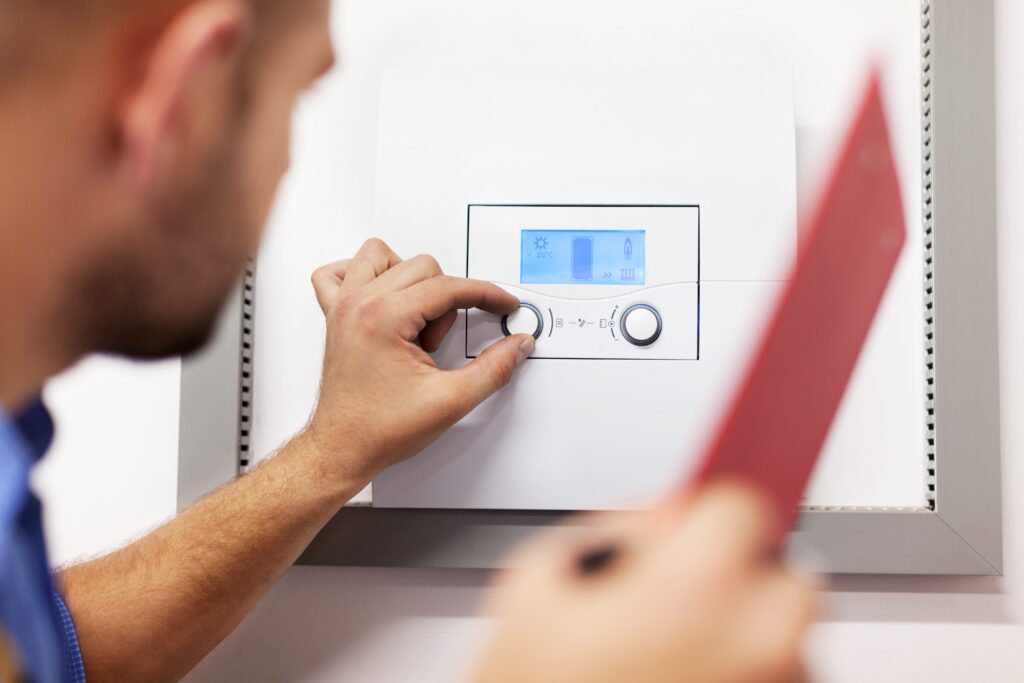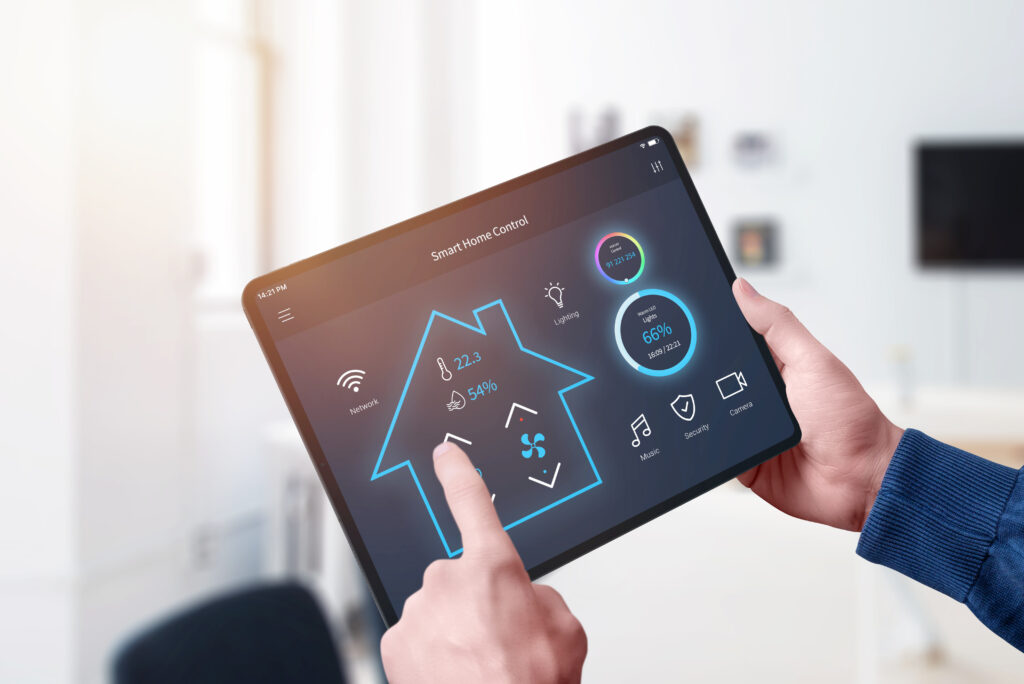Why Is My Toilet Not Flushing Properly?
When you face the frustration of a toilet that won’t flush, it’s natural to wonder, “Why won’t my toilet flush?” There are several common reasons behind this issue, ranging from a clogged drain to a malfunctioning toilet mechanism. In this guide, we will explore the various causes of a toilet that won’t flush and provide detailed solutions on how to fix a toilet that won’t flush. Whether it’s dealing with a chain flush toilet or addressing issues with the water level in the tank, this article by Heat-Tec will help you get your toilet back in working order.
Understanding the Basics: How Does a Toilet Flush?
Before diving into the problems, it’s helpful to understand how a toilet flush works. When you press the handle, a chain lifts a flapper inside the tank, allowing water to rush into the bowl and push waste down the drain. A chain flush toilet relies on this mechanism to function correctly.
Common Causes of a Toilet Not Flushing
Several factors can cause a toilet to malfunction. Identifying the root cause is the first step in solving the problem. The most common causes include:
Clogged Toilet
One of the most frequent issues is a clogged toilet. This can happen due to excess toilet paper, non-flushable items, or even a buildup of waste in the pipes. The clog can prevent water from flowing down the drain, leading to a toilet that won’t flush.
How to Fix:
- Use a Toilet Plunger: A plunger creates suction that can dislodge the clog and allow the toilet to flush properly. Ensure a tight seal over the drain and plunge with a steady force.
- Toilet Auger: If the plunger doesn’t work, a toilet auger, a specialised tool, can help reach deeper clogs in the pipe.
Low Water Level in the Tank
If the water level in the tank is too low, there might not be enough force to flush the toilet. This issue is often caused by a misadjusted float or a closed water supply valve.
How to Fix:
- Check the Water Valve: Ensure the water valve is fully open. If it’s partially closed, the tank won’t fill completely, leading to a weak flush.
- Adjust the Float: Inside the tank, the float controls the water level. Adjusting the float can help maintain the proper water level for an effective flush.
Faulty Flapper
The flapper is a rubber part that seals the tank and allows water to flow into the bowl when you flush. A flapper that is bent, worn, or misaligned can cause flushing issues.
How to Fix:
- Inspect the Flapper: Remove the toilet tank lid and inspect the flapper. If it’s bent or degraded, replace it with a new one. Ensure it’s correctly seated to create a proper seal.
Broken or Misaligned Chain
In a chain flush toilet, the chain connects the flapper to the flush handle. If the chain is too long, too short, or broken, the flapper won’t lift properly, leading to a toilet that won’t flush.
How to Fix:
- Adjust the Chain Length: The chain should have just enough slack to allow the flapper to open fully when the handle is pressed. If the chain is too loose or too tight, adjust its length accordingly.
- Replace the Chain: If the chain is broken or damaged, replace it with a new one.
Advanced Troubleshooting for Persistent Issues
If the basic fixes don’t work, you may need to dig deeper into the problem.
Blocked Inlet Holes
The inlet holes under the toilet rim allow water to flow into the bowl during a flush. If these holes are blocked by mineral deposits, the flush will be weak.
How to Fix:
- Clean the Inlet Holes: Use a small brush or a piece of wire to clear out any debris or mineral buildup from the holes.
Issues with the Flush Valve
The flush valve is responsible for controlling the flow of water from the tank to the bowl. If it’s not working properly, the toilet may not flush as it should.
How to Fix:
- Inspect the Flush Valve: Look for any signs of damage or wear on the flush valve. If it’s damaged, you may need to replace it.
Problems with the Fill Valve
The fill valve controls the refill of the tank after a flush. If it’s malfunctioning, the tank may not fill to the correct level, affecting the flush.
How to Fix:
- Adjust or Replace the Fill Valve: If the fill valve is not working correctly, adjust it or replace it with a new one.
Preventive Measures to Avoid Future Flushing Problems
Taking preventive steps can help you avoid future issues with your toilet.
Regular Maintenance
Regularly inspect and maintain the toilet components to ensure they are in good working condition.
Use the Right Toilet Paper
Using toilet paper that dissolves easily can help prevent clogs.
Avoid Flushing Non-Flushable Items
Only flush toilet paper and human waste. Non-flushable items can cause clogs and other issues.
When to Call a Professional
If you’ve tried the above solutions and your toilet still won’t flush, it might be time to call in a professional plumber. Persistent issues could indicate a more serious problem within your plumbing system.
In summary
A non-flushing toilet can be a major inconvenience, but with the right knowledge and tools, you can often fix the problem yourself. Whether it’s adjusting a chain flush toilet, unclogging a drain, or fixing a faulty flapper, these tips should help you resolve the issue. Remember, if you’re ever in doubt, don’t hesitate to consult a professional plumber.
FAQs
Why won’t my toilet flush even after plunging? If plunging doesn’t work, the clog might be too deep or severe. Consider using a toilet auger or calling a plumber.
Can I adjust the chain in a chain flush toilet myself? Yes, adjusting the chain is a simple task. Ensure the chain has the correct length to allow the flapper to open fully.
How do I fix a toilet that won’t flush properly? Start by checking for common issues like a clogged drain, low water level, or a faulty flapper. Follow the steps outlined above to troubleshoot and fix the problem.
What should I do if the toilet flapper is bent? Replace the flapper with a new one. It’s a simple and inexpensive fix.
Is it safe to use chemical drain cleaners for a clogged toilet? It’s generally not recommended as chemical cleaners can damage your pipes and toilet. Mechanical methods like plunging or using an auger are safer and more effective.
What causes the water level in the tank to drop? The water level may drop due to a misadjusted float, a malfunctioning fill valve, or a partially closed water supply valve. Adjust these components to restore the correct water level.






